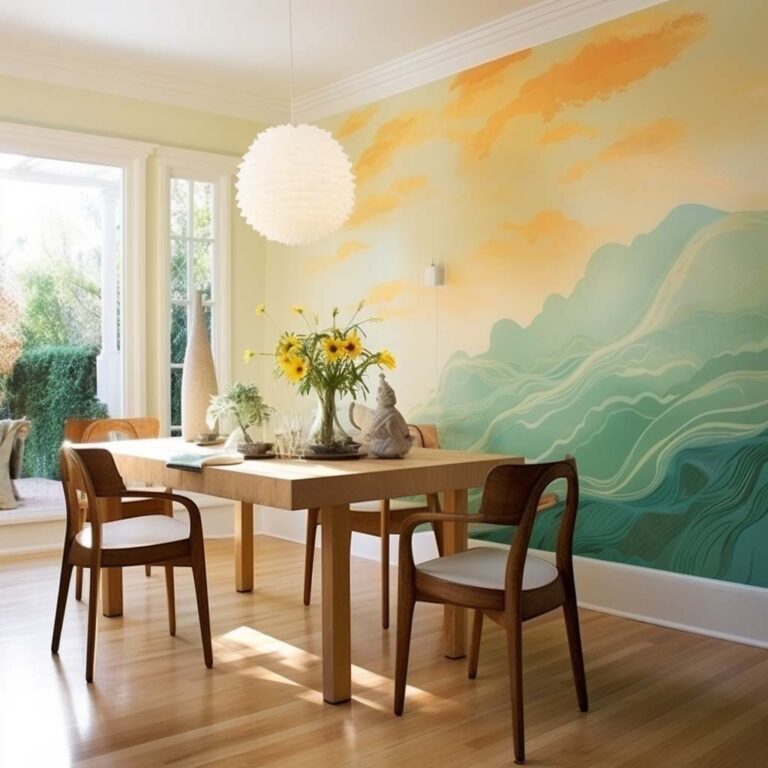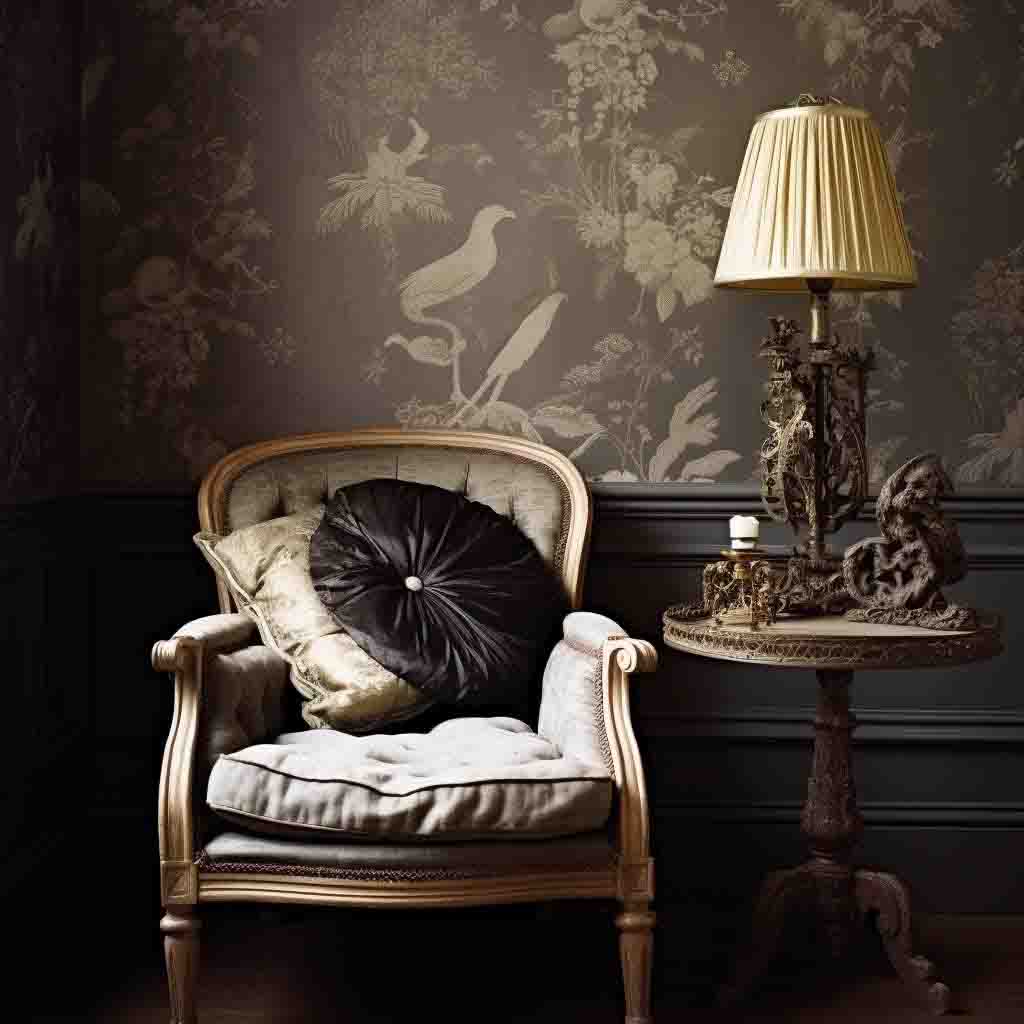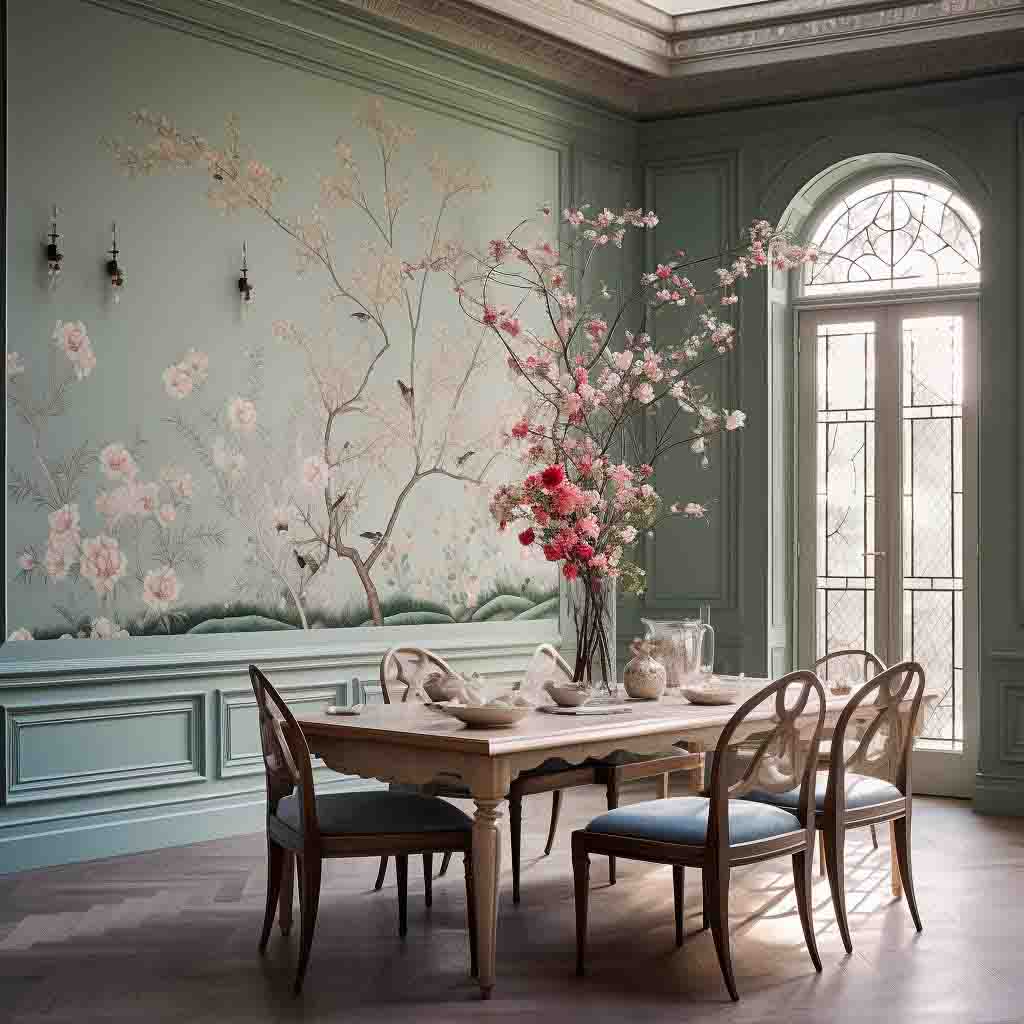Home » Designer tips for combining wallpapers
Updated June 2025
Smart wallpaper choices go beyond picking a pattern—they influence how a room feels, functions, and flows. In this guide, EnjoyTheWall shares practical design strategies for combining wallpaper with furniture, colors, lighting, and textures in Colorado homes.





Table of Contents
ToggleFor a sophisticated look, choose wallpapers that closely match your room’s dominant color palette. This creates a calm, timeless feel — ideal for bedrooms, offices, and serene living areas.
For feature walls, contrast works well—try deep blues behind a beige sofa or burnt orange paired with warm neutrals.
➡️ For more, see Accent Wall Ideas.
Use color theory: pair opposites like green wallpaper with terracotta cushions for a balanced, stylish finish.
Combine smooth and textured wallpapers for a rich but understated look. Use subtle backgrounds with slightly more decorative patterns in adjacent areas to keep the space calm but interesting.
If mixing patterns, keep them in the same color family. A botanical wallpaper can pair with a striped rug if the palette is consistent.
Match wallpaper textures with surrounding elements—like pairing grasscloth wallpaper with rattan furniture.
➡️ Need inspiration? Browse our Natural Wallpapers Guide.
Directional lighting, like sconces or picture lights, emphasizes raised textures in wallpaper.
Warm lighting enhances earthy tones; cool lighting intensifies blues and grays.
➡️ Learn more in Choosing Lighting for Decorative Walls.
Combine overhead, ambient, and accent lighting to create depth and showcase wallpaper throughout the day.
Pick up hues from your wallpaper in your upholstery or throws to tie the space together.
If your wallpaper is patterned or bold, use solid-colored furniture to avoid visual overload.
Organic wallpapers like linen or cork go well with wood or leather finishes.
Across open floor plans, use wallpaper that shares tones—even with different patterns.
Use wallpaper to define different spaces, such as a reading nook or dining area.
➡️ See examples of transitions in our Accent Wall Projects.
Transition between wallpapers using moldings, archways, or paneling. These features naturally divide areas and allow you to change wallpaper styles gracefully.
Stripes and tall motifs stretch low ceilings and add elegance to smaller rooms.
Large prints suit spacious rooms; finer patterns work better in compact areas like hallways or bathrooms.
EnjoyTheWall installs wallpaper across the Denver metro area, including:
Denver
Aurora
Lakewood
Centennial
Castle Rock
Boulder
Colorado Springs
👉 Want to see if we serve your city? Check our full Service Area list.
Yes, as long as one remains neutral. Try pairing floral wallpaper with solid velvet chairs.
Light colors and fine textures work best—they open up the space.
Only in very small rooms with no natural light. Otherwise, bold prints make great statements.
Let EnjoyTheWall help you coordinate wallpaper with all other elements of your home. From advice to installation, our experienced team transforms blank walls into beautiful, integrated spaces.